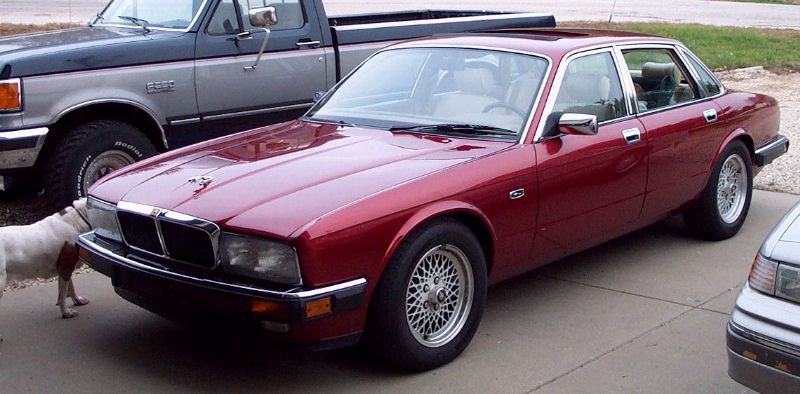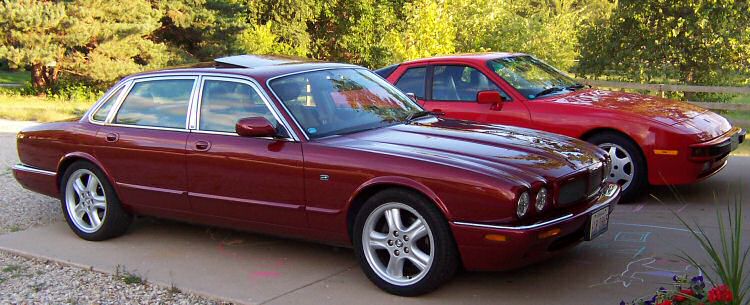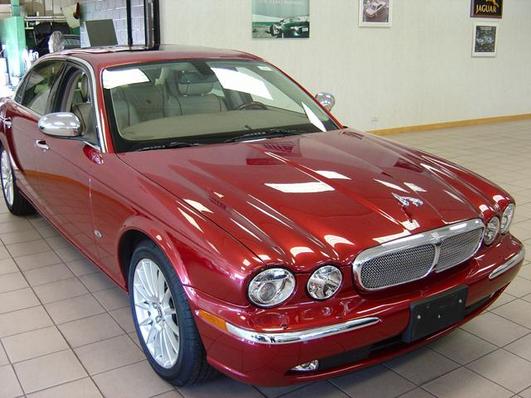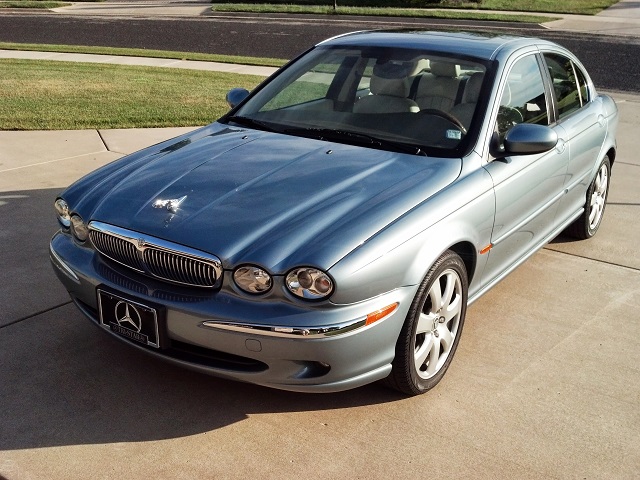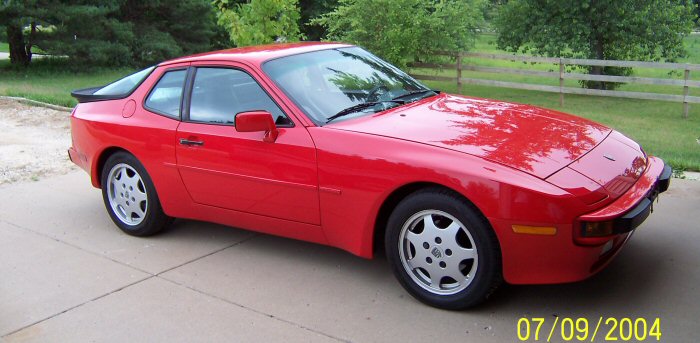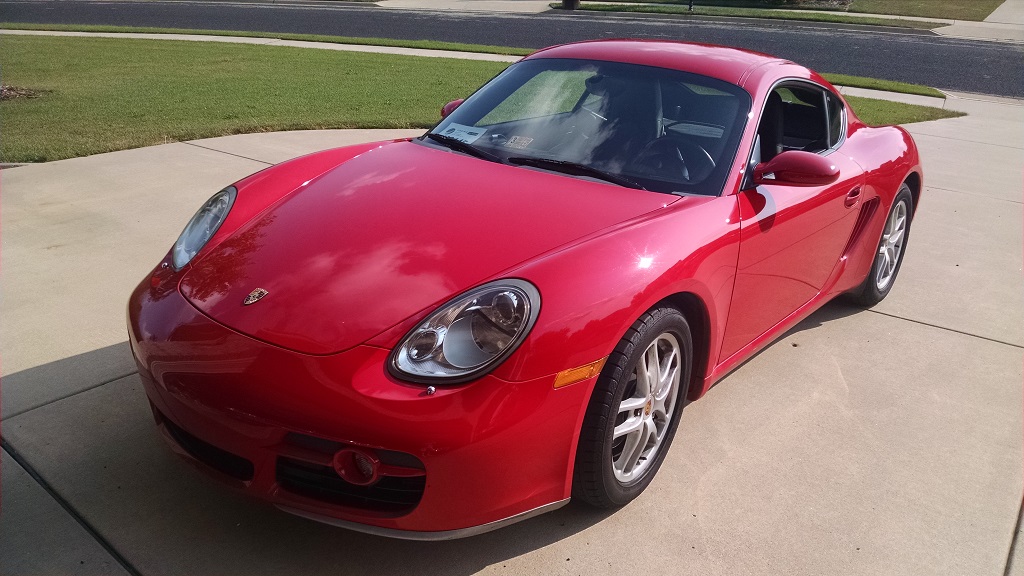I bought a house in 2012 that had a
Water Furnace geothermal system in it. The system has a geothermal domestic hot water (DHW) heating system integrated in it. The system was installed when the house was built in 2004. It uses vertical wells in a closed loop. A water mixture circulated through the wells in a loop that goes to a heat exchanger in the geothermal HVAC system mounted in the basement. There is a heat pump that uses this ground loop to transfer heat either to or from the house for heating and cooling respectively. Heat is also added to the hot water tank when the compressor is running. The hot water tank is just an electric hot water heat that is not connected to power. The geothermal system pre-heats this water tank before the water enters the main hot water heater so the main hot water heater has much less heating to do. Here is a graphic explanation showing the cooling mode:
Here it is in heating mode:

Like all heat pumps, they move heat rather than generating it (for the most part). The actual heat comes from the ground. The compressor does have some inefficiency so it does generate some heat as well. Heat pumps have a coefficient of performance rating which indicates how much energy they move versus how much energy is required to generate the total heat. In other words, you may spend $1 to get $3 worth of heat.
There are many benefits to a geothermal system. Of course the energy savings is one. However, there are many others. There is no noisy ugly outside HVAC condenser for one. There never seems to be a good spot for the outside condenser unit in a typical air conditioner. They also collect leaves and the fans can fail. The geothermal system has no outside unit so your yard looks nice and you don't have that noisy thing to deal with.
The geothermal system has a large cooling capacity for summer. Since it is sized for heating, the cooling capacity in many climates is more than is generally needed so it has no trouble at all keeping the house nice and cool all summer. Also, the ground temperature it is exchanging heat to is much cooler than the outside air in the summer so the compressor has much less work to do.
Like all heat pumps, the heat comes at a lower temperature. Most furnaces put out very hot air for a while then shut OFF. They wait until the temperature in the house drops then they do it again. This leads to cycling between too hot and too cold. The heat pump (geothermal or air exchanger type) run the fan much longer but put out warm but not hot air. This leads to a more comfortable room temperature and better circulation in the house.
The geothermal system is better than a typical heat pump since it uses ground temperature instead of trying to move heat to and from outside air. I have owned homes with the traditional heat pump systems. They work just like a regular air conditioner in the summer. In the winter though, they have issues. The outside coils, acting as an evaporator in the winter, condense moisture on them and freeze up. To defrost the coils the heat pump must reverse and heat the outside coils back up. This is an energy waste and interrupts heating of the house. Also, the heat pump is always trying to push heat the hard way as the air temperature become less desirable for this. For instance, in the summer it has to push heat outside. As the outside temperature increases it takes more energy to achieve this. In the winter it is trying to extract heat from outside and as the temperature drops this takes more energy to achieve. At some temperature, it can't really heat the house anymore and backup heat is used. This backup heat is usually an electric grid (translation: very expensive to run). In contrast the geothermal system is always exchanging heat with the ground temperature which is much more stable. Traditional heat pumps work well in very dry climates where the coil freezing issue is much less.
So, how much savings is there. Below is a chart showing the energy use for my house compared with typical houses in my area. I got the data from Ameren which provides both electricity and gas for our area. I converted the gas therms into kWh units for this comparison.
As you can see the energy savings is quite significant. This is total energy for the house, gas and electric. However, depending on costs of each, the dollar savings can be much less. Here is the costs for this same period, again comparing with typical homes similar to mine in the same area.
Right now the costs savings is not that big because electricity costs are high and natural gas costs are very low in this area. This value proposition changes with varying costs of each. Back when the house was built in 2004 natural gas was very expensive compared to now. For those interested in reducing carbon foot print though, the geothermal system always wins.
This comparison is for total energy used in the home and includes all energy use. We have converted nearly all our lighting to either CFL or LED. I run a weather station off my main PC so it is always ON and awake. We have gas for the fireplace and oven/stove only. Everything else in the house is electric. Our house was built in 2004 to the standards then and is fairly typical construction. We heat and cool the whole house all the time including the basement. We keep it about 71F in the winter and 74F in the summer. This comparison is not between identical homes or use of those homes so there is quite a large margin of error, in the plus or minus 20% range I suspect.
As I mentioned before, my system has geothermal water heating. There are some drawbacks to this. In the spring and fall when the system is not needing to heat or cool the house, it also stops producing hot water too since the compressor does not need to run. Hot water is only produced when the compressor is running. This just means the main hot water heater has to produce all the hot water so your cost savings goes away. In the summer the system is very efficient because it dumps heat from the house into the hot water. You get a double benefit. Even in the winter though, my geothermal hot water hits over 110F so my hot water heater barely runs at all. Given the low natural gas prices now in into the near future, I plan to replace my electric hot water heater with a natural gas unit to further reduce my costs. I can also install some floor heating using the hot water. In addition, I would like to remove the electric emergency heating grid and replace it with a radiator using hot water. Right now my system will occasionally use the emergency heat when the temperatures get below single digits (F) which seems to happen all too often here. I have a high efficiency natural gas fireplace I use during cold ambients to prevent using the emergency heat now.
There are many other types of geothermal systems. Mine is closed loop as I mentioned. Open loop systems pump water through them. For instance, you pump water out of a well, through the heat exchangers in the geothermal system, and then it flows into another well back to the ground. You can also use a lake or river for the water source. Each of these systems makes different trade-offs. The optimum system varies by your area, local laws, ground water levels, drilling costs, climate, and more.
Make sure your installer does the job correctly! Our house had an issue with galvanic corrosion of copper and brass parts because they did not put dielectric fittings on all connections with the hot water tank. This actually caused blue coloring on the bath tubs and other fixtures. It also ate the water tank and several heating elements. Water heaters must have dielectric fitting on all water connections! This is required because if the different metals used in the house plumbing and water tank.
 |
| Damage from galvanic corrosion. This fitting needs a dielectric connector to isolate the water heater from the rest of the plumbing. |
 |
| Geothermal tank is closest to HVAC system (right). Valve that is missing the dielectric fitting is at the bottom. |
I fixed this when I replaced the water heater.
 |
| New tank and fittings with dielectric fitting in place |
Another thing people often mess up is the use of the geothermal water tank. Its important that this tank have a water loop the the geothermal system. I have heard about system where the installer just put the geothermal inline with the tank intake. This does not work! When the geothermal kicks ON, it must circulate water through the tank. Also, do not heat the geothermal tank (do not power it). The idea is that you are pre-heating the water before the main water heater. If you heat it (by connecting the heater to power) you will not get much if any geothermal heating. The heater will heat the tank up and the geothermal will just turn OFF the water heating function. Some people do connect the heater to power for use in the spring and fall when the geothermal is not producing much heat. You can do this if you need more hot water but remember to turn it back OFF in the winter and summer.
Make sure the water lines from the water tank to the geothermal system are well insulated. If you don't you will get fairly significant heat loss to the room.
Enhancements
Thermostat
I recently installed a modern thermostat on this system. I used the
Honeywell RTH9580WF. This is a programmable thermostat that supports 2-stage heating and cooling and emergency heat. One thing you need to consider when setting this up is the heating schedule. Make you it does not vary much. I plan to let it drop 2 degrees at night (because it like it cooler at night). In order to warm it back up in the morning though, you need to bring the temperature back slowly. No more than about 1 degree per hour. Attempting a faster rate may engage the emergency heat. You can create any cooling schedule you want since the system can easily handle even rapid cooling changes and has no emergency cooling mode.
I tried to find a thermostat where I could better control emergency heat but have been unsuccessful. I have also considered putting an X10 module in-line with the emergency heat wire to block it unless the outdoor temperature is below a threshold, or the inside temperature has dropped below a threshold. I can do this with data from my
weather station system. I created a .Net plugin that reads the weather station data and can
control X10 devices. I would need to add to that project for this functionality but it would be pretty easy.
Emergency Heat
I would like to replace my emergency heat system. Today it is just an electric grid. I would like to start by replacing my main hot water heater with a high efficiency natural gas unit. It could be either a tank type or tankless. Then install a simple radiator in the air handler, downstream of the main coils. Basically, just remove the electric grid and replace it with a radiator (water to air heat exchanger). Next, connect this radiator to the outlet of the hot water heater with a circulation pump, returning the water to the intake of the geothermal tank. When emergency heat is needed this pump would turn ON circulating the water through the radiator heating the house. This water is heated with a combination of geothermal and natural gas which is far cheaper than the electric grid. A similar loop can be used for radiant floor heat.
With natural gas prices low, and expected to be low for a long time, this could pay off reasonably fast. It also depends on how big your ground loop is, and how harsh the winters are. If your ground loop is to the small side, and you have harsh winters, this could really make sense. It may also make sense if you really want more temperature variation in the winter. For instance, you like to sleep at 65F but you want 71F in the morning.
Direct Ground Loop Cooling
Another enhancement I have considered is using the ground loop water directly to cool the air in moderate seasons. The ground loop water is about 55F . In the spring and fall when the cooling load is low, the house can likely be cooled without even running the compressor. Ideally a thermostat with 3 cooling stages would be needed. The first stage would just run a circulation pump which pumps ground loop water through a radiator in the air handler. The other 2 stages would be just as they are now. As the cooling load increases, and the compressor is needed, it will heat the ground loop diminishing the value of this ground loop cooling mode. It would work well in the spring, especially on days where it is cool at night (possibly even needing some heat) but it gets a bit hot in the house in the afternoon. When the geothermal runs in heating mode, it cools the ground loop.
The payback time for this could be long. It would save cooling costs in the spring and late fall but the savings may not be worth the costs.

